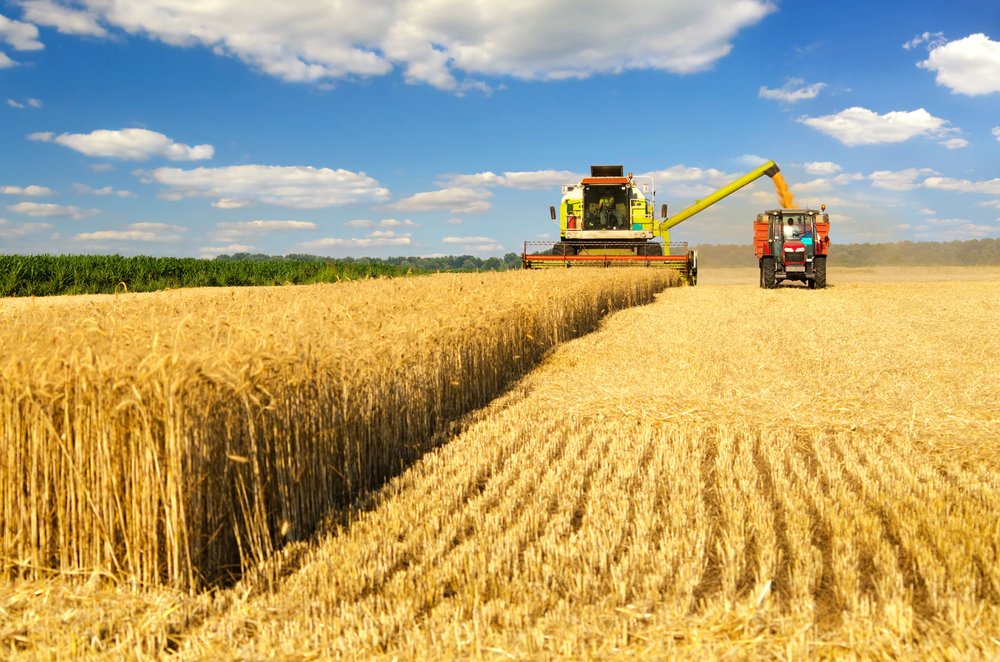
Canada is a country in North America. Its ten provinces and three territories extend from the Atlantic to the Pacific and northward into the Arctic Ocean, covering 9.98 million square kilometers. If we look at Canada’s agriculture statistics, Canadian food industry statistics reveal that
- Wheat is the most cultivated crop, and some other crops are oil seeds.
- The Canadian foodservice sector suffered losses ranging from US$15 to US$35 billion.
- Canadian farmers have been making a profit margin of over 20% every year since 2000.
- Canada exports $56 billion worth of farm products every year. Despite the COVID-19 pandemic, Canadian exports of poultry and eggs increased by 8.
- According to the reports In 2018, the Canadian food industry earned $33.9 billion, contributing 17% to manufacturing GDP.
- In 2020, there were 23,985 foreign workers in food and beverage processing plants. This marks a 6.1% decrease from the preceding year.
- According to Canada‘s agriculture economic statistics, Ontario reported the largest decline of temporary foreign workers in agriculture. Due to the pandemic, those employed in Ontario ranked at 22,834. This indicates a decrease of 1,418 workers from 2019
- As of 2020, the pandemic has affected agriculture employment in Canada as statistics roll out a total of 279,000 workers. This number hasn’t fallen by too great of a margin from the 292,000 workers in 2019. However, the year 2008 marked the highest employment in Canadian agriculture, ranking at 326,000.
- The pandemic struck the farming industry in Canada hard, with labor shortages accounting for $2.9 billion worth of lost sales in 2020. The sector reeled under excessive pressure on staff because foreign workers were absent due to COVID-19. In addition, Canada’s agriculture production was canceled, halted expansions, overtime costs, and production delays.